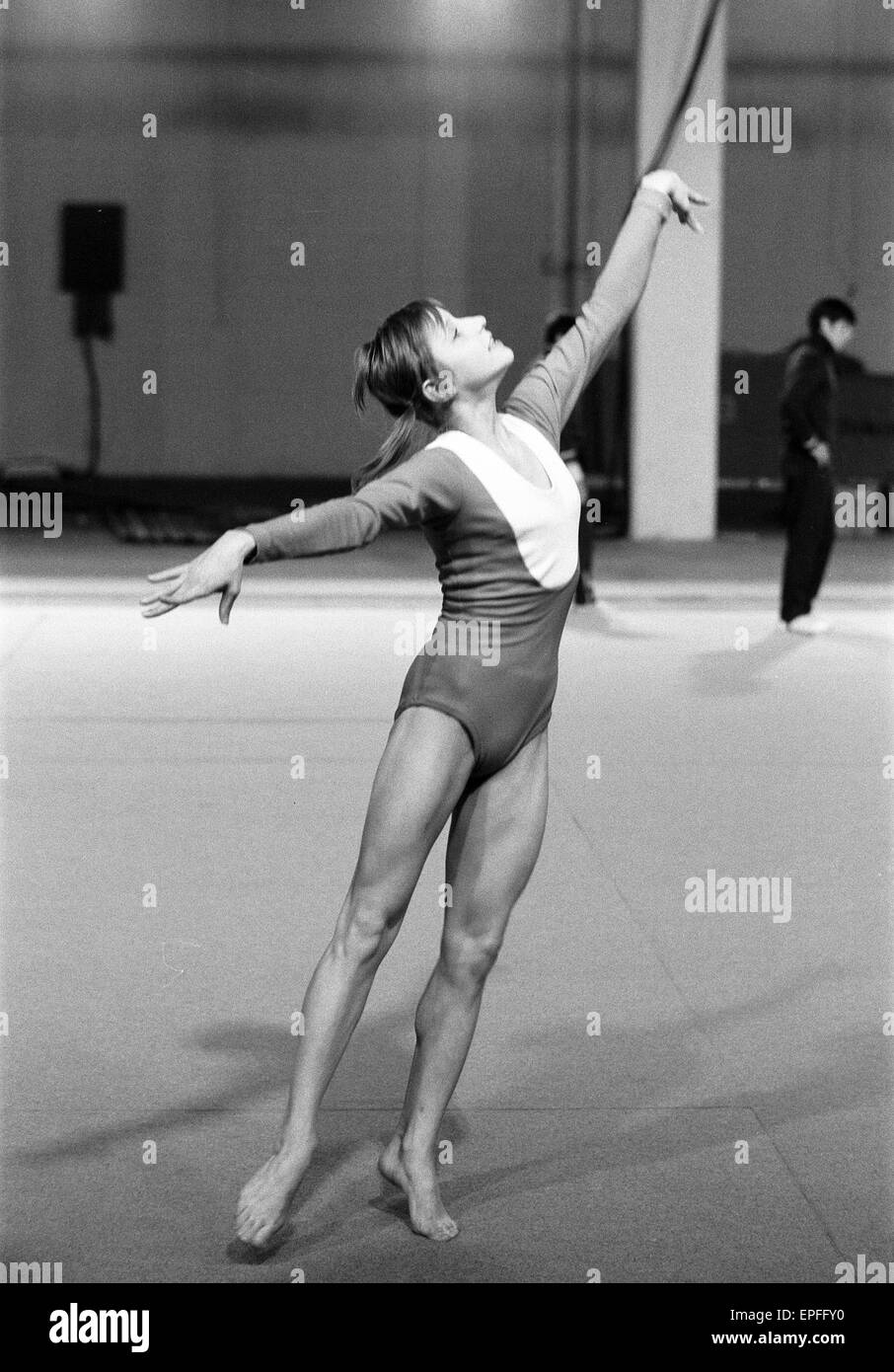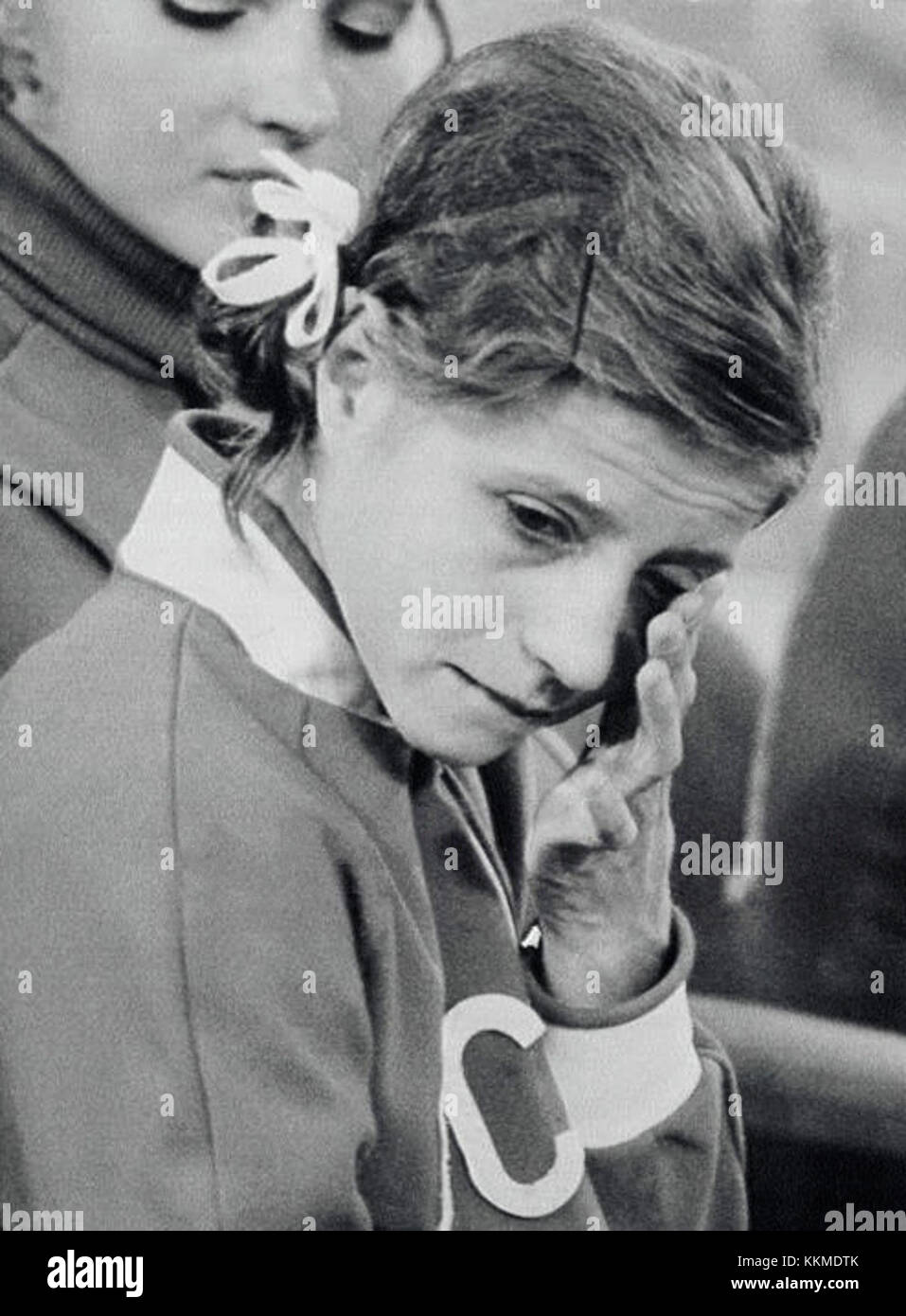How did Olga Korbut revolutionize the world of gymnastics? A bold statement can be made that without her, modern gymnastics might not have evolved into what it is today. Her daring moves and charismatic performances captivated audiences worldwide during an era when gymnastics was still finding its footing as a globally recognized sport.
Born on May 16, 1955, in Grodno (now Hrodna), Belarus, Olga Korbut emerged from humble beginnings to become one of the most iconic figures in Olympic history. At just seventeen years old, she burst onto the international scene at the 1972 Munich Olympics, where she captured three gold medals and left an indelible mark with her innovative routines. Known for her signature move—the backflip dismount from the balance beam—Korbut became synonymous with groundbreaking athleticism and charm.
| Name | Olga Korbut |
| Date of Birth | May 16, 1955 |
| Place of Birth | Grodno, Belorussia, U.S.S.R. (now Hrodna, Belarus) |
| Nationality | Belarusian (formerly Soviet) |
| Education | Trained under renowned coach Renald Knysh |
| Olympic Achievements |
|
| Notable Contributions | Invented the Korbut Flip, a backflip dismount from the uneven bars |
| Personal Life | Married to Leonid Bortkevich; mother of two children |
| Legacy | Pioneered modern artistic gymnastics; inspired generations of athletes |
| Reference | Britannica Profile |
Korbut's journey to stardom was not without challenges. Despite her undeniable talent, there were attempts within the Soviet sports bureaucracy to exclude her from the 1972 Olympic team. However, her exceptional skills and relentless determination ensured her place among the elite athletes representing the USSR. Her inclusion proved pivotal, as she transformed the perception of women's gymnastics through her dynamic performances and engaging personality.
At the Munich Games, Korbut performed feats that seemed almost superhuman at the time. She executed a backward somersault on the balance beam—a move so unprecedented that it earned her thunderous applause and cemented her status as a trailblazer. This particular maneuver, later named after her, remains a staple in competitive gymnastics training programs around the world. Beyond her technical prowess, Korbut's infectious smile and emotional connection with spectators endeared her to millions, transcending cultural and linguistic barriers.
Though Korbut never achieved the perfect score of ten during her competitive career—a milestone eventually claimed by Nadia Comăneci four years later—her influence on the sport cannot be overstated. While Comăneci is celebrated for breaking new ground with numerical perfection, Korbut laid the foundation for such achievements by redefining what was possible in gymnastics. Their contrasting styles—one embodying precision and innovation, the other exuding flair and charisma—highlighted the evolving nature of the discipline itself.
In later years, Korbut faced personal struggles, including financial difficulties and health issues. In 2004, she made headlines again when she auctioned off her cherished Olympic medals to cover medical expenses. Despite these hardships, her legacy endures as a testament to resilience and perseverance. Gymnasts across generations continue to draw inspiration from her pioneering spirit and contributions to the sport.
Apart from her athletic accomplishments, Korbut has also spoken candidly about her experiences growing up under communist rule and navigating life post-Soviet Union. Her reflections shed light on the complexities faced by athletes during politically tumultuous times and underscore the universal themes of survival and triumph over adversity. Additionally, Korbut has shared deeply personal stories, revealing her survival of sexual abuse—an aspect of her life that adds another layer of courage to her public persona.
As television documentaries and interviews featuring Korbut reveal, she remains a symbol of hope and inspiration for countless individuals. Whether recounting her memories of the Munich Olympics or discussing the challenges she encountered throughout her life, Korbut consistently demonstrates grace and authenticity. Her story serves as a reminder that greatness often stems from overcoming obstacles and maintaining unwavering dedication to one's passions.
In recent decades, discussions surrounding Korbut's impact have resurfaced, particularly in light of advancements in gymnastics techniques and scoring systems. Yet, no matter how much the sport evolves, her role as a trailblazer will always hold significance. The Korbut Flip continues to inspire awe, while her ability to connect with audiences resonates profoundly even today. As enthusiasts reflect on the evolution of gymnastics, Olga Korbut stands tall as a pioneer whose influence extends far beyond medals and records.
Ultimately, Olga Korbut's legacy lies not only in her athletic achievements but also in her capacity to inspire others. By pushing boundaries both physically and emotionally, she set a standard for future generations to aspire to. Through her enduring presence in the annals of sports history, she reminds us all of the power of passion, determination, and humanity in achieving greatness.




